Vaccinations for Vietnam: What you should know before you go
Vietnam is a beautifully tropical country filled with some of the warmest and friendliest people you’ll ever meet. From the chaotic streets of Hanoi to the...
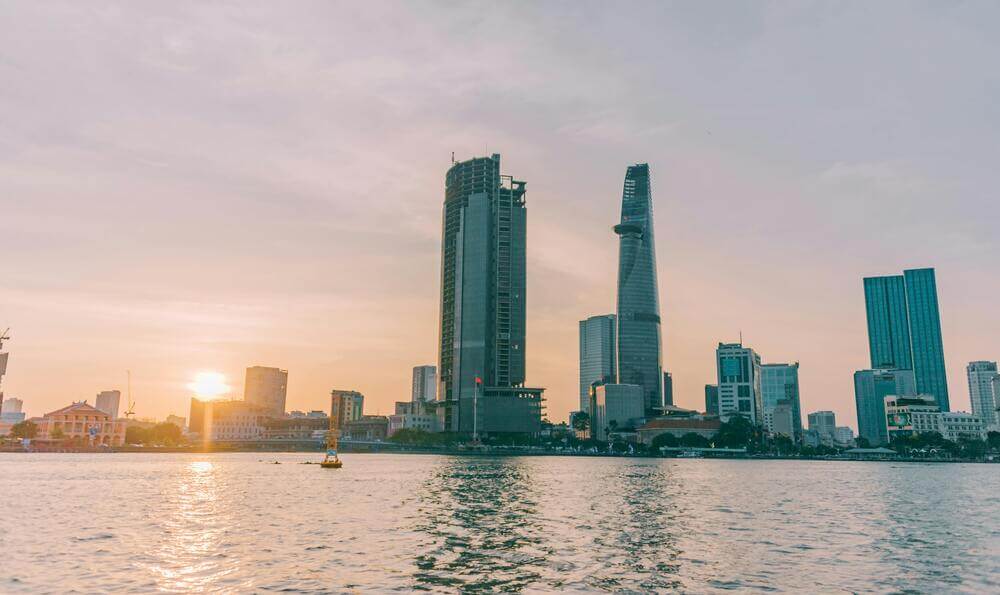
Vietnam is a large, varied and fascinating country, with amazing cuisine, friendly people and a rich culture. If you’re planning a visit you’re probably wondering about the best time to visit Vietnam based on the weather, festivals, peak flight months and more. So - when is the best time to visit Vietnam?
This guide looks at the best time to travel to Vietnam from Australia based on different factors, to help you plan which things to do in Vietnam, and when might be the best time to go. We’ll also introduce Wise, a handy travel companion to help your money go further.
| Table of contents |
|---|
The best time to visit Vietnam from Australia is March to April, or spring. During this time, some parts of Australia experience floods, while Vietnam’s the south is still reasonably dry, the centre has stable temperatures, and the north is warm but not yet excessively hot and humid. That means you’ll be getting great weather all round Vietnam - if you’re planning a countrywide adventure.
Vietnam’s unique geography means it’s broken into 3 segments, as far as weather and climate go:
The north has a distinct seasonal pattern, with dry, cool winters, and summers which can be oppressively hot in the city.
The centre of Vietnam has glorious temperatures much of the year, but the northeast monsoon can bring typhoons and heavy downpours through October and November, in particular, but sometimes right through to spring time.
The south has a simple wet and dry climate - the southwest monsoon brings sharp, heavy and daily rainfall from May to September and the region experiences a distinct dry period from around November through to March.
The good news is that no matter when you go, there’s somewhere which will be putting on a show for you. Here’s a breakdown of some of the key seasonal differences:
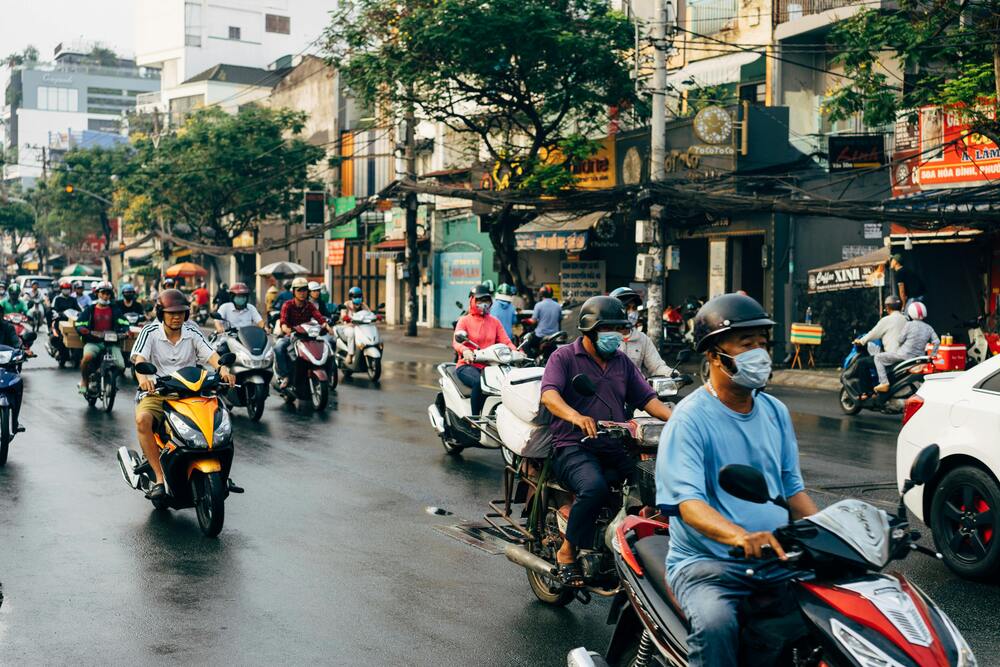
Ho Chi Minh City and the Mekong Delta experience very little rain in the dry season, with the Christmas and New Year period being particularly glorious. Christmas is celebrated in the cities, but does not cause a major shut down of businesses, making it a great choice for tourists. New Year sees impressive fireworks.
This period also covers Tet - Lunar New Year. This is a very colourful festival throughout the country, but can mean domestic travel causes overcrowding, and due to the long public holiday, businesses may shut for 5 days or more.
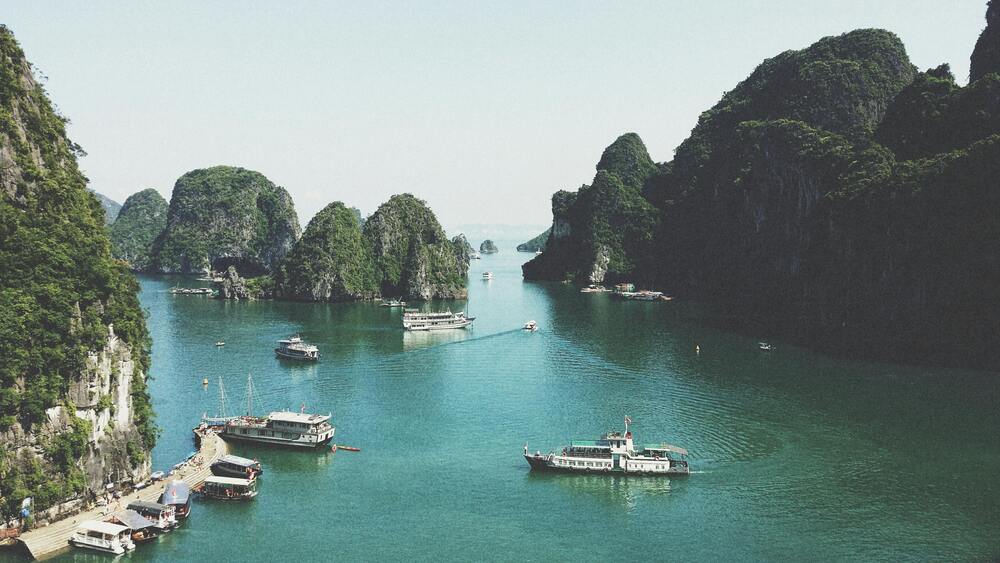
Central Vietnam, including Da Nang, Hue and Hoi An have plenty to offer year round, but the spring is balmy and perfect for a spot of sightseeing followed by a trip to one of the many beaches.
Tourist numbers can be fairly high throughout this period, particularly in the historic cities of Hoi An and Hue, so aim to visit early or late in the day if you can, to avoid the worst of the tour crowds.
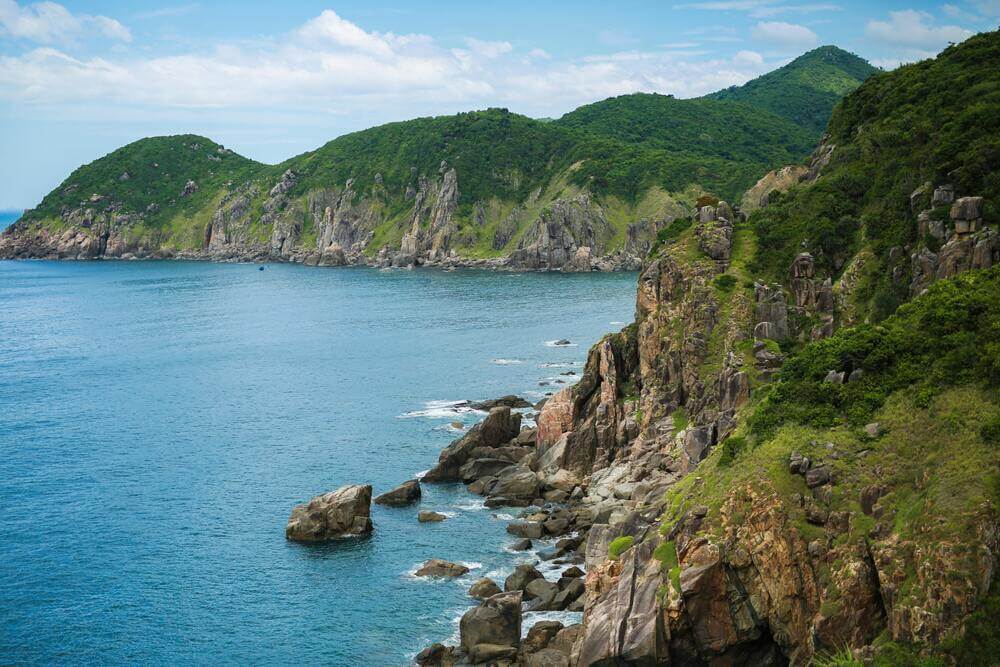
Summer in Vietnam is hot and humid - whether you hit the north or the south of the country. However, this is still a super popular time to visit, and often coincides with the Children’s Festival, Tet Trung Thu, also known as the Mooncake or Mid-Autumn Festival. This event is often held in September, although it can run into October depending on the lunar months, and sees colourful decorations and lots of delicious mooncakes to try.
Be prepared for the weather to be extremely hot - particularly in the cities. There are still frequent, sharp stormy showers, too. Carry an umbrella, wear flip flops if you can, and keep an eye on weather patterns as the showers tend to occur around the same time daily.
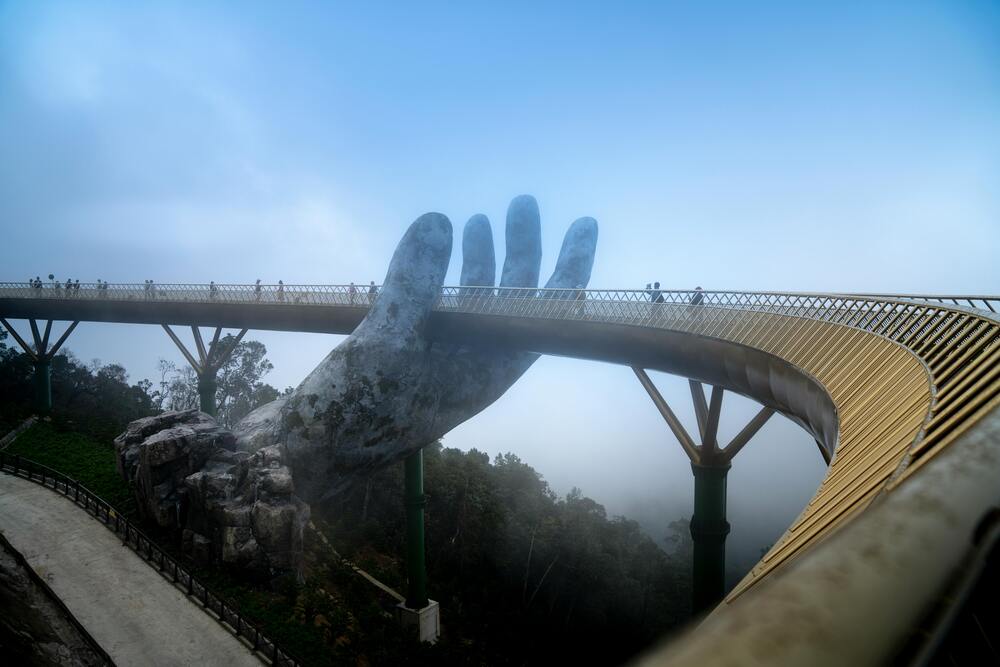
Coming out of the hot summer, the north is the place to be. The shoulder seasons in Hanoi, Halong Bay, and up into mountainous Sapa can be fabulous - whether you want to sightsee, join a cruise ship or hike in the more ethnically diverse far north.
This is peak time for typhoons and flooding in the middle of the country. Extreme weather frequently causes significant destruction to property, so keep an eye out on the forecast.
| 👉🏻Click here to discover the temperature and what to do month on month in Vietnam |
|---|
Whether it's food, culture or getting active, there’s so much to do in Vietnam you’ll be spoiled for choice. If you’ve not planned your activities as yet, here are a few to consider:
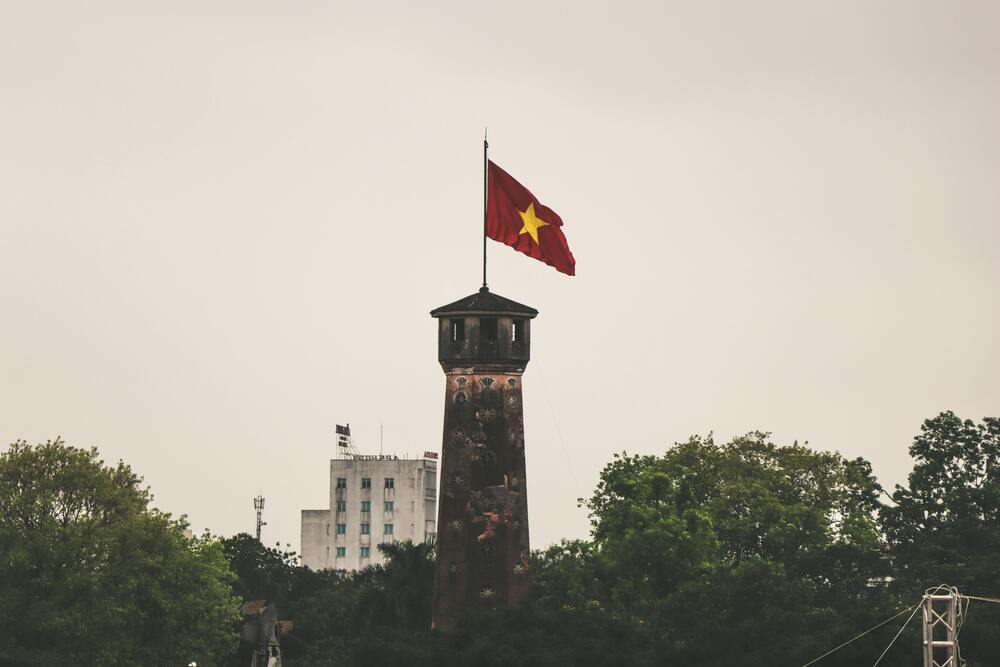
Vietnam has a rich history, with cultural sites to visit which span centuries, not to mention the more recent colonial past and the war years. The centre of Vietnam makes for a fascinating slice of history, including the Imperial Palace at Hue, the ancient city of Hoian, and Da Nang - now a beach-side city, but with many wartime memories too. Both Ho Chi Minh City and Hanoi have important museums covering the war, with a strong narrative that gives a powerful insight into the Vietnamese view of that period.
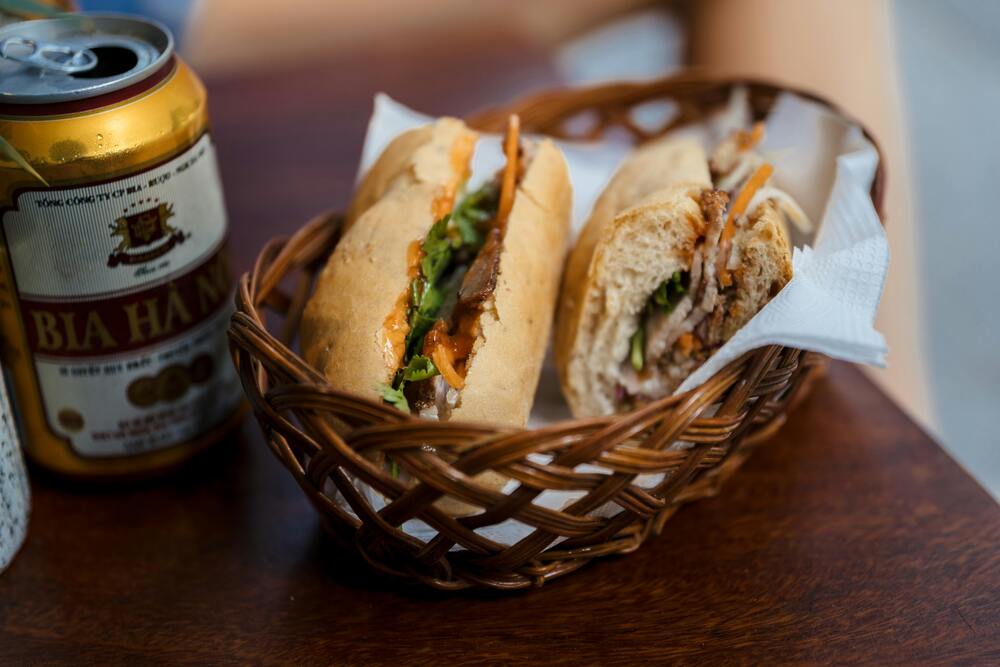
Vietnamese food is spectacular, with local dishes you’ll have heard of like Pho and Banh Mi, as well as huge numbers of less common dishes which are well worth a try. Take a food tour to get to grips with the options, and a cooking class if you want to recreate key dishes. And wash everything down with litres of local coffee, or one of the great local craft beers produced in Hanoi, Ho Chi Minh and Da Nang.
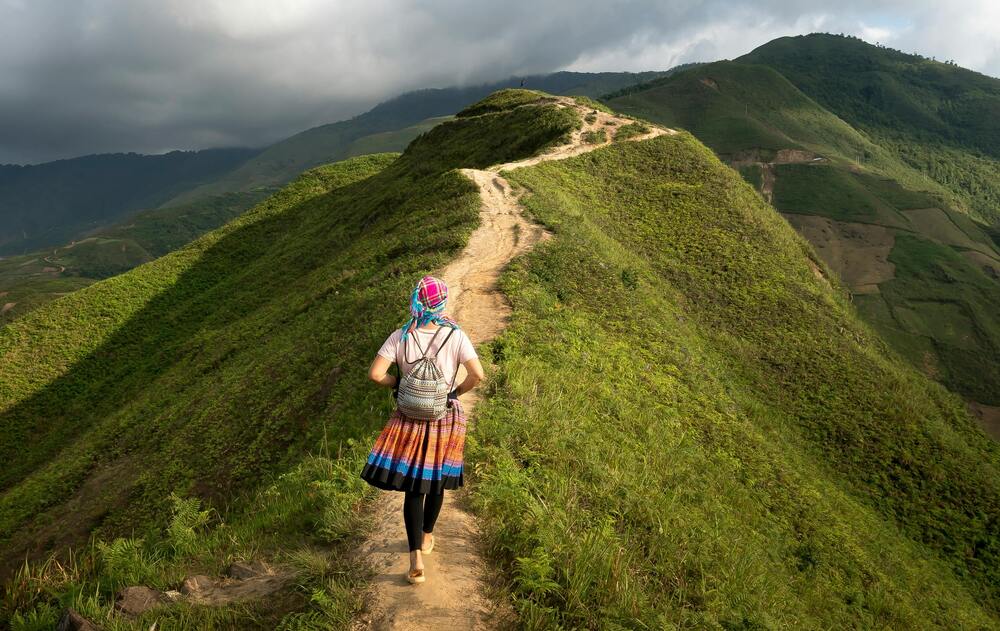
Get outdoors. If beaches are your thing, Da Nang, Phu Quoc, Nha Trang and Con Dao may be your pick. For hiking try the far north or the central highlands - and if you’re feeling super adventurous, look up jungle camping options which allow you to trek, sleep in hammocks, interact with the local wildlife and eat campfire cooked food.
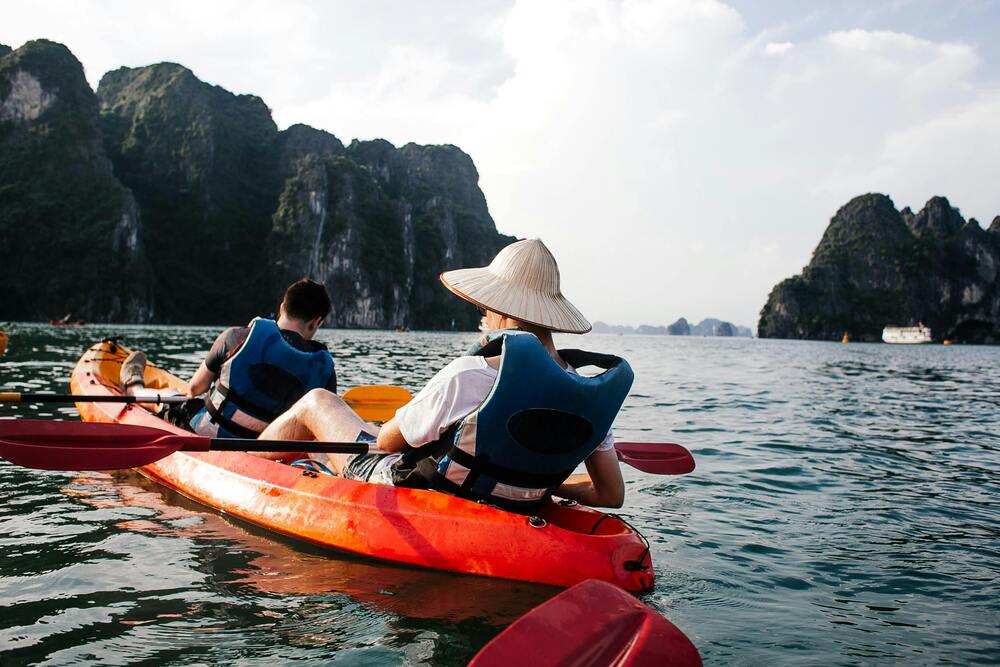
From Hanoi you can take a trip to stunning Halong Bay for a relaxing cruise among the Karsts - towering limestone cliffs. Or grab an evening cruise on the Saigon River if you’re in Ho Chi Minh. There are also places to hire kayaks in national parks like Ba Be, or to get out into the sea around Mui Ne.
| 💳 Whether you're paying for food, shopping, or attractions in Vietnam, enjoy seamless payments in VND with Wise |
|---|
Overall, for many Australians, the best month to visit Vietnam and escape possible floods back home is March. The weather is still pretty stable and not too searingly hot, domestic travel is easy after the Tet crowds, and you’ll be able to hit the beach, sight see and eat your fill pretty much anywhere in the country.
| Month | Weather and temperature | What to do |
|---|---|---|
| January | Hanoi is dry but can be pretty cool, while Ho Chi Minh City is in the middle of the dry season. Central Vietnam sees the beginning of the end of the wet season. |
|
| February | Hanoi can be around 17 degrees Celsius in the daytime, while Ho Chi Minh City continues to enjoy dry weather around 27 to 30 degrees. Central Vietnam may still get showers, but the weather is more stable now. |
|
| March | Dry, bright and not too hot throughout - from about 19 degrees in the north through to almost 30 degrees celsius in the south. |
|
| April | Heating up - from about 25 degrees in the north through to regularly breaking 30 degrees in the south, with increased chance of rain. |
|
| May | Both the north and south of the country are now pretty hot and humid, with quite regular stormy showers in the south. Central Vietnam is still glorious, around 30 degrees celsius and stable sunshine. |
|
| June | Hanoi is starting to see more rain, while Ho Chi Minh City is increasingly humid. Central Vietnam is the place to go. |
|
| July | Hot and humid weather continues in the north and south - Hanoi can feel very hot at times. Central Vietnam starts to see the odd shower but is relatively stable still. |
|
| August | Similar weather continues, although Hanoi may now start to see heavier downpours which bring down the heat a bit. |
|
| September | The risk of rain - starts to drop in the north and south, while in Central Vietnam the wet season begins. There is an increased chance of typhoons in the centre from here on. |
|
| October | Similar to September, the north and south are cooling with less rain. Hanoi and the northern mountains are a good bet now. One of the peak months for flooding and typhoons in the centre. |
|
| November | Some of the nicest weather of the year in the north, while the rains start to abate in the south. Central Vietnam is still at risk of extreme weather. |
|
| December | Hanoi can start to be cooler - but dry, while Ho Chi Minh City is well into the dry season now. The rain starts to lessen in Central Vietnam. |
|
A few final notes on things to think about when you plan your trip to Vietnam from Australia.
Australians looking to travel to Vietnam need to apply for a visa beforehand. They can do this online via the Vietnam National Electronic Visa system. These e-Visas are valid for a maximum of 90 days, for single or multiple entries, with the respective fees of USD 25 (AUD 40) / USD 50 (AUD 80).
Whether or not you need a visa for Vietnam depends on what passport you have and how long you’ll stay. Vietnam has an agreement with 13 countries, including France, Germany, Italy, Japan, the UK and Singapore, which allows for up to 45 days visa free entry. There are also options for 90 day e-visas for citizens of many other countries. Check the requirements based on your nationality, via the Vietnam National Electronic Visa system for the latest information.
Long haul visitors to Vietnam from Australia are likely to land in Hanoi (Noi Bai) or Ho Chi Minh City (Tan Son Nhat), but there are many other airports which serve international routes, too, including Da Nang, Phu Quoc and Dong Hai. A non-stop flight from Sydney in Australia to Hanoi in Vietnam takes about 10 hours.
While there are train services running from the airport in major cities like Hanoi and Jo Chi Minh, travelling via car is the most convenient, especially if you ahve luggage. It’s generally a good idea to arrange an airport transfer in advance, to lessen the stress of finding a legitimate taxi or ride hailing service - in some locations it’s common to be overcharged if you simply turn up and hop in the nearest available car. Else, use ride-haling apps with a fixed fare like Grab.
Vietnam has lots to offer in terms of food, culture and more. Manage the costs of your visit to Vietnam, with a Wise account and card, to hold and exchange VND alongside your Australian Dollars, and to spend with a Wise card as you travel. Wise accounts can hold and exchange 40+ currencies, with mid-market exchange rates and low fees from 0.65%6. Avoid foreign transaction fees and keep control of your budget, with just your phone, with an intuitive app and easy in person, online and mobile payments.
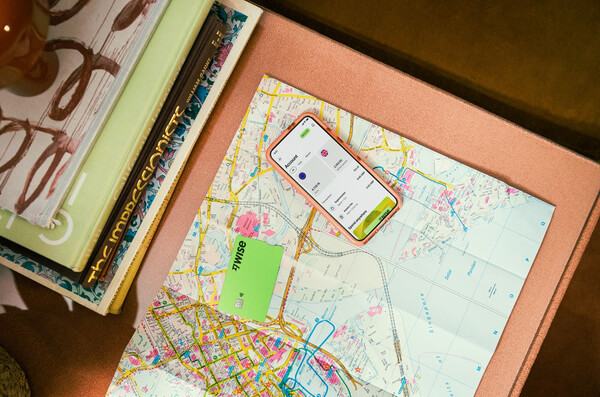
Add money to your Wise account from your bank, or using a card, and exchange AUD to VND in advance to lock in your exchange rate and fix your budget. Or simply let the card convert for you at the point of payment or withdrawal. In either case you get the mid-market exchange rate and the lowest possible Wise fee, which can start from 0.65%.

Order a Wise card to link to your account, and make some ATM withdrawals every month with the exchange rate you see on Google, low conversion fee, and no ATM fee7. You’ll get a fixed free withdrawal allowance every month before the low Wise fees begin, making this a simple and cheap way to get cash when you need it.

Tap and pay in person, make Chip and PIN payments, and add your card to a wallet like Apple Pay for easy spending in Vietnam and 150+ countries around the world. Easy.
Vietnam promises to be a trip of a lifetime, whenever you choose to go. Use this guide for inspiration, and don’t forget to get Wise to keep down your costs so you can do even more while you’re there.
💰 Get the most out of your money with Wise
Sources:
*Please see terms of use and product availability for your region or visit Wise fees and pricing for the most up to date pricing and fee information.
This publication is provided for general information purposes and does not constitute legal, tax or other professional advice from Wise Payments Limited or its subsidiaries and its affiliates, and it is not intended as a substitute for obtaining advice from a financial advisor or any other professional.
We make no representations, warranties or guarantees, whether expressed or implied, that the content in the publication is accurate, complete or up to date.

Vietnam is a beautifully tropical country filled with some of the warmest and friendliest people you’ll ever meet. From the chaotic streets of Hanoi to the...
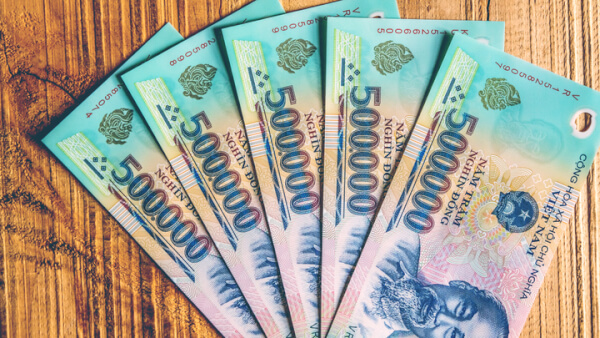
The first six months of 2016 saw over 4.7 million foreign visitors arriving in Vietnam - an impressive 21% increase on the previous year. If you’re planning a...

While the U.S. Dollar is widely accepted in Vietnam, it’s often better to pay in the local currency - the Vietnamese Dong. Shops, restaurants, taxi drivers...